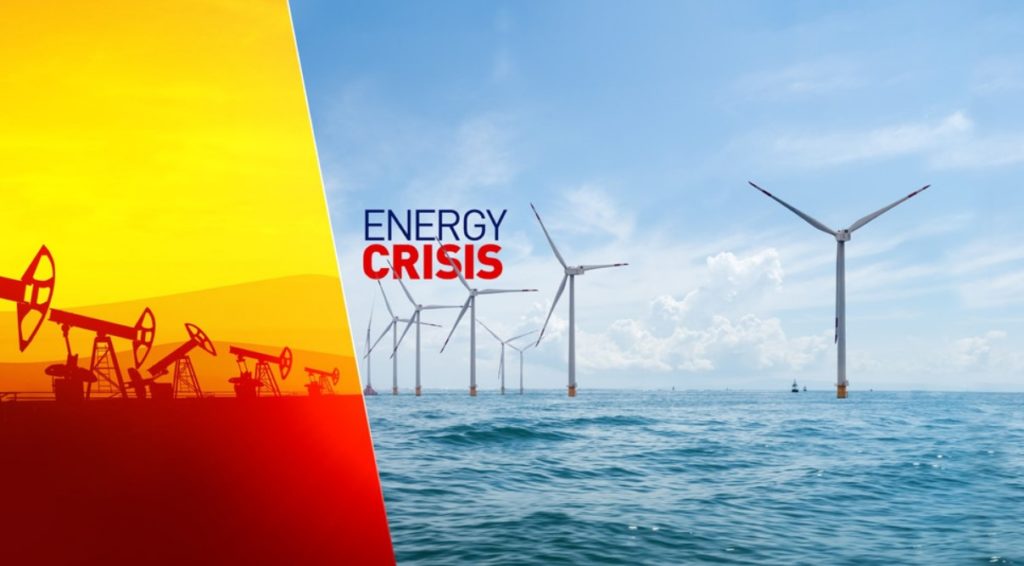by B.N. Frank, Activist Post:

Green energy proponents in the U.S. continue to push funding for what they consider to be green (aka environmentally friendly) energy programs despite increasing problems associated with them – some of them environmental. For example, numerous problems have been associated with solar and wind energy as well as electric vehicles (EVs) and LED light bulbs. Additionally, research has determined that American power grids are extremely vulnerable (see 1, 2, 3, 4, 5, 6, 7, 8) and U.S. utility regulators have warned that the rush to eliminate fossil fuels is making them more so. Experts overseas are warning against the U.S. rush to eliminate fossil fuels as well.
TRUTH LIVES on at https://sgtreport.tv/
From Full Measure:
Energy Crisis
By Full Measure Staff Sunday, October 16th 2022
We begin with an amazing development on the energy front. Right now, some of the world’s leaders in green energy are reluctantly returning to fossil fuel in a big way. That’s because what some see as a climate emergency has been overtaken by a more immediate crisis: a global energy disaster. Europe is rationing power and on the cusp of shortages and blackouts, worrying about citizens literally freezing over the winter. Today, we travel to the United Kingdom and Germany, where experts say their experience is a warning of what may come here, as the U.S. follows in their green energy footsteps.
You’re looking at an artist’s animation of a modern marvel, a massive project now under construction in the North Sea, off the northeast coast of England.
Sharyl: What role will the Dogger Bank Wind Farm play?
Alexandra Malone: So Dogger Bank Wind Farm is going to be, when it’s complete in 2025, the world’s largest offshore wind farm. It’s going to be able to provide over 5% of the U.K.’s electricity demand.
Alexandra Malone is with SSE Renewables, the company leading construction of the $10 billion project.
Malone: What you will see, when the wind farm is complete, is 277 turbines. These are state-of-the-art technology, you know, some of the biggest in the world. They are 260 meters tall, or — for an American audience — they are the same height as the tower at the Rockefeller Center in New York.
So remarkably big, a blade’s single rotation will generate enough to power a home for two days. It’s all part of a master plan to hasten the death of fossil fuels like coal, oil, and natural gas.
Europe is far ahead of the U.S. in terms of aggressive moves to get to what’s called “net zero” — to add zero pollutants like carbon dioxide from coal plants to the atmosphere. Great Britain’s “Build Back Greener” plan, unveiled last year, promises to get there by 2050.
But on our recent visit to Great Britain, we found clean energy optimism dissolving into doubt.
Sharyl: Any thoughts about Europe’s green energy progress, or the United Kingdom’s green energy progress? They want to get to net zero by 2050.
Cyclist: Well, obviously, here on bicycles, we’re very much big on recycling and net zero and no emissions. We’re never going to get there. Never going to get the target at the moment.
The fact is, there’s been a fast and remarkable turnaround in Europe’s green agenda. They’re ramping back up on fossil fuel. Greece, the Netherlands, and the Czech Republic have already reopened shuttered coal plants and resumed coal mining where it had been halted. Germany has authorized restarting 27 coal plants.
David Cowling of King’s College University in London.
Sharyl: I think that’s a very tangible thing — if they’re reopening coal plants, that may look like failure.
David Cowling: Absolutely. And I don’t know if there’s any way to explain it away, because — how can you? You know, the coal is regarded as one of the worst pollutants, and for a country that has been at the forefront of wanting to advance the course of green energy, to have to reopen those coal mines is an admission of defeat.
It was a singular event that exposed serious fault lines in Europe’s ambitious climate change plans. The war in Ukraine has laid bare poor planning, unrealistic goals, and reliance on an unreliable partner: Russia. Russia was providing half of the European Union’s coal and 40% of its gas.
Russia has already dramatically cut what it’s selling the EU. Now, amid soaring energy prices and critically short supplies, Europe has set a target of a 15% reduction in its citizens’ gas usage and has warned it’s on the cusp of winter rationing and blackouts.
France and Spain limited air conditioning in businesses over the summer. Germany has banned heating of pools and warming of offices above 66 degrees. And there have been mass protests over the German government’s handling of the mess.
Cowling: Germany has certainly been very active in trying to go green. But like a lot of countries that are going green, they still substantially rely upon fossil fuels. You can’t suddenly go and change from, you know, 100% fossil fuel to 100% green. It doesn’t work like that. And whilst there were abundant supplies of traditional fossil fuels and natural gas, people could imagine moving in steady stages towards more green energy. But actually, once you disrupt that system, once you turn off the taps, it brings home very brutally and very quickly how dependent you are.
The disaster unfolding in Europe may foreshadow what’s to come in the U.S., which is following in Europe’s footsteps.
Just as Europe was descending into its crisis and scrambling to dial back on clean energy, President Biden was signing the biggest climate change bill ever in the U.S., the “Inflation Reduction Act.”



